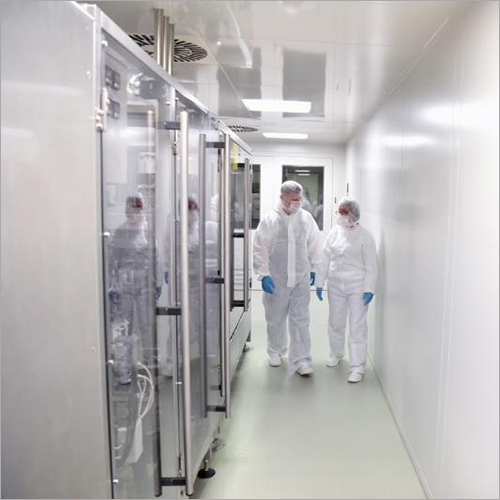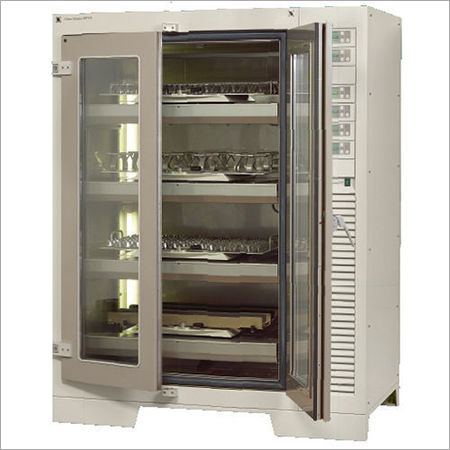
X
Corona Virus Lab Set Up Price And Quantity
- 90000 INR
- 1 , , Piece
Corona Virus Lab Set Up Product Specifications
- Corona Virus Lab Set Up
Corona Virus Lab Set Up Trade Information
- 1 Days
Product Description
Setting up a lab for studying the coronavirus (COVID-19) requires specialized equipment and safety protocols to ensure the safety of researchers and the accuracy of the results. Here are some steps to set up a lab for studying the coronavirus:
- Determine the level of biosafety required: The level of biosafety required for studying the coronavirus depends on the nature of the work being conducted. The World Health Organization (WHO) recommends biosafety level 2 (BSL-2) for handling clinical specimens and virus isolates, while BSL-3 is recommended for working with live virus cultures.
- Establish safety protocols: Safety protocols should be established based on the level of biosafety required. This includes training personnel on safe laboratory practices, establishing standard operating procedures for handling specimens and viruses, and ensuring that all equipment and facilities meet safety standards.
- Acquire equipment and supplies: Specialized equipment is required for studying the coronavirus, including biosafety cabinets, centrifuges, PCR machines, and ELISA readers. Supplies such as viral transport media, swabs, and personal protective equipment (PPE) are also necessary.
- Establish a quality control program: A quality control program should be established to ensure the accuracy and reliability of laboratory results. This includes monitoring test performance, establishing quality control measures, and participating in proficiency testing programs.
- Obtain necessary permits and certifications: Depending on the country and institution, permits and certifications may be required to handle and study the coronavirus. This may include permits from the local health department or the Institutional Biosafety Committee (IBC).
- Train personnel: All personnel working in the lab should be trained on safety protocols, laboratory procedures, and quality control measures. This includes training on the proper use of PPE and biosafety cabinets, as well as training on laboratory procedures specific to the coronavirus.
- Implement ongoing safety monitoring: Ongoing safety monitoring is necessary to ensure that safety protocols are being followed and that equipment and facilities are functioning properly. This includes regular inspections of the lab, monitoring personnel for symptoms of illness, and reporting any incidents or accidents to the appropriate authorities.
Tell us about your requirement

Price:
Quantity
Select Unit
- 50
- 100
- 200
- 250
- 500
- 1000+
Additional detail
Mobile number
Email
Other Products in 'Laboratory Equipments' category
We are not dealing in Retail and Commercial.






 Call Me Free
Call Me Free
